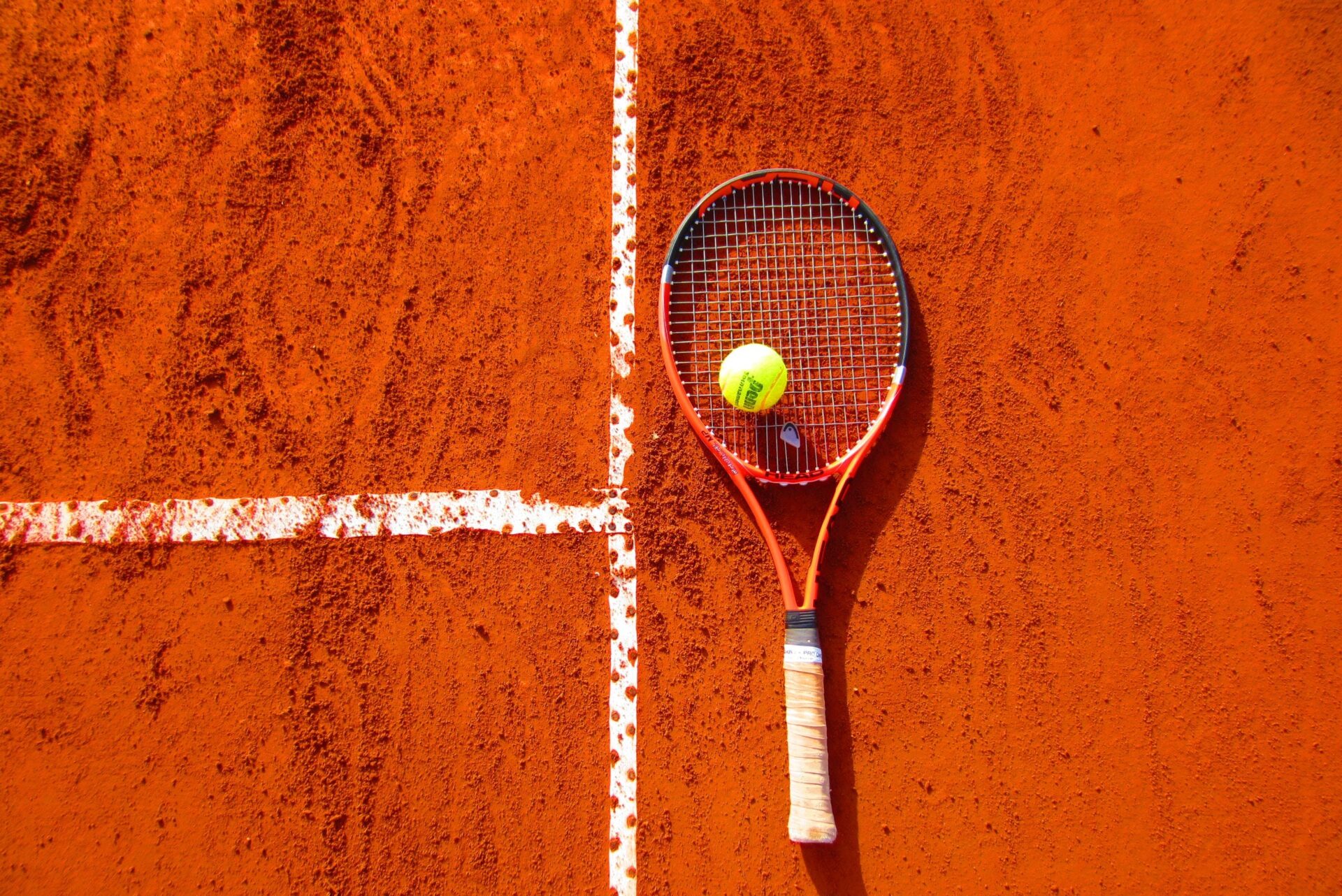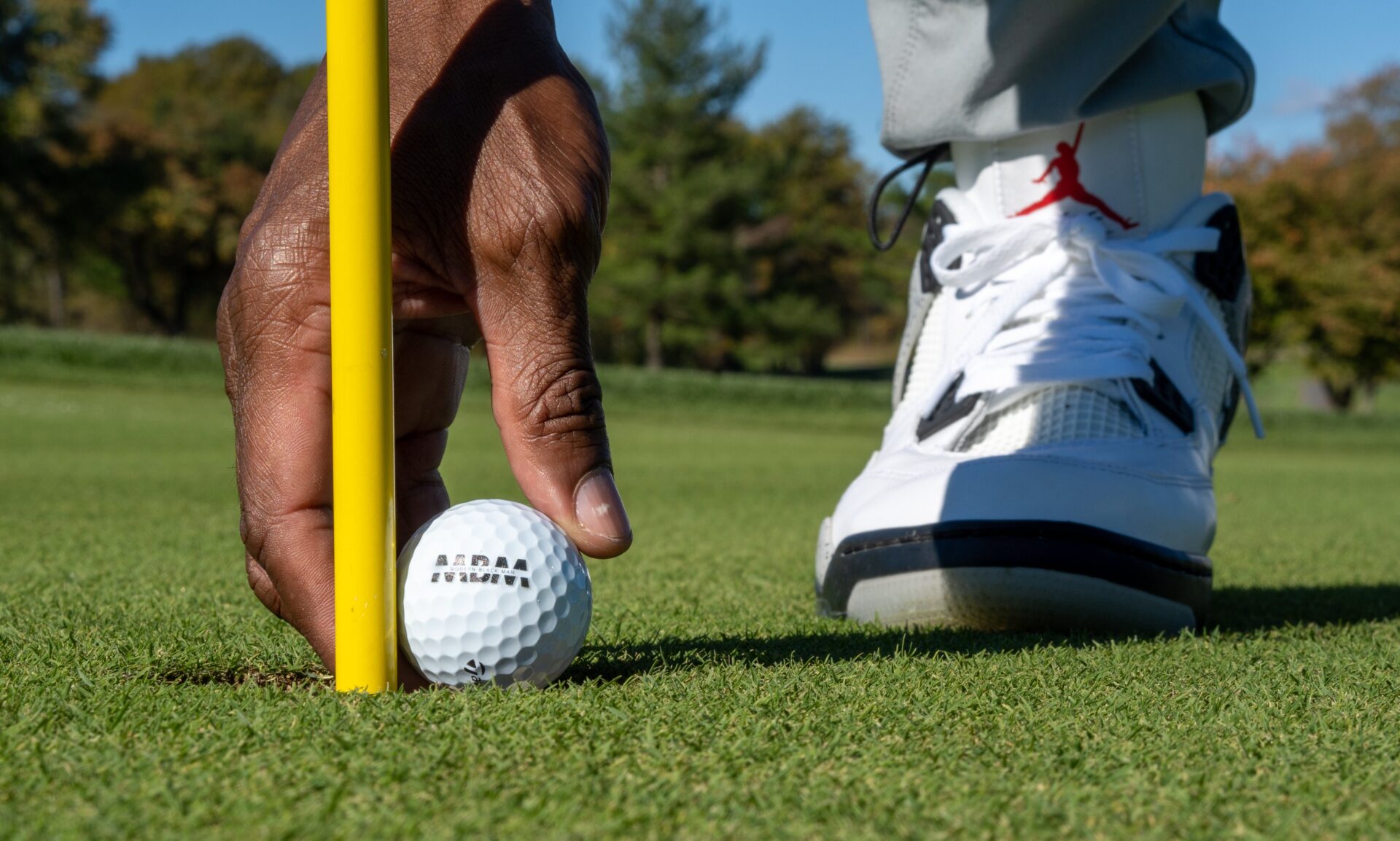Dynamic control refers to the ability to manipulate and influence the behavior of a ball in various sports and recreational activities. Whether it’s soccer, basketball, or billiards, mastering ball behavior is essential for players to excel in their chosen sport. One remarkable aspect of dynamic control is its ability to enhance performance by allowing athletes to predict and adapt to the movements of the ball with precision and finesse. By understanding the unique features of dynamic control, athletes can effectively manipulate the trajectory, speed, and spin of the ball, giving them a competitive edge on the field, court, or table.
Moving forward, this article will delve into the key takeaways of mastering ball behavior and its significant impact on different sports. We will explore the techniques and strategies players can employ to enhance their dynamic control, covering topics such as ball grip, body positioning, and anticipatory skills. Understanding and implementing these key takeaways will not only improve a player’s overall performance but also provide them with a deeper understanding of the intricacies of their chosen sport. So, let’s dive into the fascinating world of dynamic control and unlock the secrets to mastering ball behavior.
Key Takeaways
1. Dynamic control is essential for mastering ball behavior in sports such as tennis, soccer, and basketball. It involves continuously adjusting body movements to adapt to the changing speed, direction, and trajectory of the ball.
2. Anticipation is crucial in dynamic control. By accurately perceiving cues from the ball’s flight, players can predict its future path and make timely adjustments. This ability is greatly influenced by experience, training, and visual attention.
3. Body positioning and footwork play a vital role in dynamic control. Maintaining a balanced and athletic stance allows players to generate power, react quickly, and redirect the ball effectively. Practicing dynamic movements and footwork drills can enhance overall control.
4. The ability to manipulate the ball’s spin is a key component of dynamic control. Skilled athletes can use various techniques, such as topspin, backspin, or sidespin, to manipulate the ball’s behavior and create advantageous situations during play.
5. Mental focus and concentration are paramount in dynamic control. By staying fully present and attentive during the game, players can make split-second decisions, process information rapidly, and execute precise movements for optimal ball control. Developing mental skills through mindfulness exercises can enhance performance in dynamic sports.
How Can You Master Ball Behavior for Dynamic Control?
The Importance of Dynamic Control in Ball Behavior
Dynamic control plays a crucial role in mastering ball behavior, whether it’s in sports like soccer, basketball, or tennis. The ability to manipulate the movement, direction, and spin of the ball allows athletes to gain an edge over their opponents and enhance their overall performance. Understanding the fundamentals of dynamic control is key to achieving precision and consistency in ball handling.
Techniques for Improving Dynamic Control
There are various techniques that can help you improve your dynamic control and master ball behavior. By honing these skills, you’ll be able to elevate your game and become more effective in your chosen sport:
1. Hand-Eye Coordination
Developing strong hand-eye coordination is essential for dynamic ball control. Regularly practicing drills that focus on tracking the ball’s trajectory while maintaining full control of your movements can significantly enhance your ability to read and manipulate ball behavior.
2. Body Positioning and Balance
Proper body positioning and balance are vital elements of dynamic control. Maintaining a stable base and precise footwork allows you to anticipate and react quickly to changes in ball behavior. Practice exercises that promote proper weight distribution and body alignment to improve your control over the ball.
3. Practice with Various Ball Types
Interacting with different types of balls can help you develop a better understanding of their unique characteristics. Experimenting with balls of different sizes, weights, and textures enables you to adapt your control techniques accordingly. This broadens your skill set and prepares you to handle diverse ball behaviors.
4. Enhance Grip Strength
A strong grip is essential for maintaining control over the ball. Incorporate exercises and grip-strengthening tools into your training routine to improve your ability to handle the ball firmly and with precision. This will greatly influence how effectively you can manipulate its behavior.
5. Visualization and Anticipation
Visualization and anticipation are powerful tools for controlling ball behavior. By visualizing the intended path and anticipating how the ball will react, you can proactively adjust your movements to maximize control. Mental imagery techniques and studying the game can enhance your predictive abilities and overall control.
Benefits of Mastering Ball Behavior with Dynamic Control
Mastery of ball behavior through dynamic control provides athletes with several advantages:
1. Increased Precision and Accuracy
By honing your dynamic control, you can ensure that your passes, shots, and movements are precise and accurate. This enables you to make more effective plays, improving your overall performance on the field or court.
2. Enhanced Manipulation and Creativity
Mastering ball behavior allows for greater manipulation and creativity on the field. The ability to control the spin, trajectory, and speed of the ball gives you an edge in executing advanced techniques, surprising opponents, and creating scoring opportunities.
3. Improved Decision-Making Abilities
Dynamic control contributes to better decision-making abilities during gameplay. By understanding how the ball behaves and how to manipulate it, you can make quick and accurate decisions that optimize your team’s performance and increase your chances of success.
4. Superior Ball Handling Skills
Developing dynamic control enhances your overall ball handling skills. You’ll be able to dribble, pass, and receive the ball with greater precision and control, making you a more valuable asset to your team.
Ready to Master Ball Behavior? Follow These Tips!
1. How can regular practice enhance your dynamic control?
Regular practice allows you to refine your skills and develop muscle memory, enabling you to instinctively react and adjust to different ball behaviors.
2. Why is it important to vary your training with different ball types?
Training with different ball types helps you adapt your control techniques to varying behaviors, ensuring you’re prepared for any situation on the field or court.
3. How can visualization techniques improve your dynamic control?
Visualization techniques help you mentally rehearse controlling ball behavior, strengthening your ability to anticipate and adjust your movements accordingly.
4. What role does balance and body positioning play in dynamic control?
Proper balance and body positioning provide a stable foundation, allowing you to efficiently respond to changes in ball behavior and maintain control.
5. How can grip strength impact your ability to control the ball?
Grip strength affects your ability to firmly hold and manipulate the ball, influencing your control over its behavior. Incorporate grip-strengthening exercises into your training routine.
Dynamic Control: Mastering Ball Behavior – FAQ
1. What is dynamic control in ball behavior?
Dynamic control in ball behavior refers to the ability of a player to manipulate the movement and direction of the ball through skillful techniques and precise ball control.
2. Why is mastering ball behavior important in sports?
Mastering ball behavior is crucial in sports as it allows players to maintain better control over the ball’s trajectory, making their passes, shots, and overall gameplay more effective and accurate.
3. What are some techniques to enhance dynamic control?
Some techniques to enhance dynamic control include practicing ball manipulation drills, improving footwork and coordination, mastering various ball control methods such as dribbling, trapping, and juggling, and honing spatial awareness during gameplay.
4. Can dynamic control be learned and developed?
Yes, dynamic control can be learned and developed through consistent practice, dedicated training sessions, and a willingness to improve one’s ball handling skills. With time and effort, players can significantly enhance their dynamic control abilities.
5. Are there specific drills to improve ball behavior control?
Absolutely! There are numerous drills tailored to improve ball behavior control, such as cone dribbling, ladder footwork exercises, passing accuracy drills, and small-sided game scenarios that require quick decision-making and precise ball handling.
6. How does dynamic control impact a player’s performance?
Dynamic control directly impacts a player’s performance by allowing them to execute advanced ball maneuvers, maintain possession in challenging situations, create scoring opportunities, and adapt to different game scenarios effectively.
7. Can mastering ball behavior help prevent turnovers?
Indeed, mastering ball behavior can help prevent turnovers as it allows players to maintain better control and precision, reducing the chances of losing possession due to errant passes, poor ball handling, or insufficient control under pressure.
8. Are there any common mistakes players should avoid to improve ball behavior?
Some common mistakes players should avoid to improve ball behavior include excessive ball pounding while dribbling, improper body positioning, lack of footwork coordination, and failure to maintain focus and concentration during crucial gameplay moments.
9. How can dynamic control affect team dynamics?
Dynamic control plays a significant role in team dynamics as players with superior ball behavior skills can create better passing opportunities, contribute to effective offensive plays, boost team confidence, and establish a cohesive style of play.
10. Can mastering ball behavior enhance overall enjoyment of the game?
Absolutely! Mastering ball behavior can greatly enhance the overall enjoyment of the game as players gain more control, confidence, and the ability to execute exciting moves, thus increasing their satisfaction and engagement in sports.
Final Thoughts on Dynamic Control: Mastering Ball Behavior
Dynamic control is a crucial aspect of any sports that involve ball manipulation. It empowers players to elevate their gameplay, allowing them to perform intricate moves, maintain better control, and adapt to varying game situations. By consistently practicing and fine-tuning their ball behavior skills, athletes can unlock their full potential and leave a lasting impact on the field, court, or pitch.
In conclusion, dynamic control is a skill that separates an average player from an exceptional one. It requires dedication, perseverance, and a genuine passion for the game. By continually honing their ball behavior control, athletes can gain a competitive edge, enjoy a more rewarding sports experience, and take their performance to new heights.




